A clinical trial led by NCI has resulted in FDA approval of the immunotherapy drug atezolizumab (Tecentriq) to treat advanced alveolar soft part sarcoma.
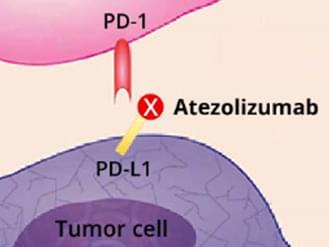


Microsoft has added a new feature to its Microsoft Teams via Microsoft 365 Roadmap. The feature, the “Teams AI library” (Feature ID: 130662), was announced on September 12, 2023.
The new Teams AI library tool is meant to help developers make chat apps for Microsoft Teams that can have more natural conversations. It does this by making it simpler to create chatbots, message features, and interactive elements called Adaptive Cards.
Additionally, the Teams AI library can also assist in moving existing chatbots and message features to work smoothly with advanced language models. This makes it easier for these chat apps to use powerful language technology.
Check out the new For All Mankind Season 4 Teaser starring Joel Kinnaman!
►
► Shop Rotten Tomatoes: http://bit.ly/3m59uhu.
US Air Date: November 10, 2023
Starring: Joel Kinnaman, Wrenn Schmidt, Krys Marshall.
Network: Apple TV+
Synopsis: Rocketing into the new millennium in the eight years since Season 3, Happy Valley has rapidly expanded its footprint on Mars by turning former foes into partners. Now 2003, the focus of the space program has turned to the capture and mining of extremely valuable, mineral-rich asteroids that could change the future of both Earth and Mars. But simmering tensions between the residents of the now-sprawling international base threaten to undo everything they are working towards.
Watch More:
► Rotten Tomatoes Originals: http://bit.ly/2D3sipV
► Fresh New Clips: https://bit.ly/3mJePrv.
► Hot New Trailers: http://bit.ly/2qThrsF
► New TV This Week: http://bit.ly/2D3fsHa.
Rotten Tomatoes TV delivers Fresh TV at a click! Subscribe now for the best trailers, clips, sneak peeks, and binge guides for shows you love and the upcoming series and TV movies that should be on your radar.
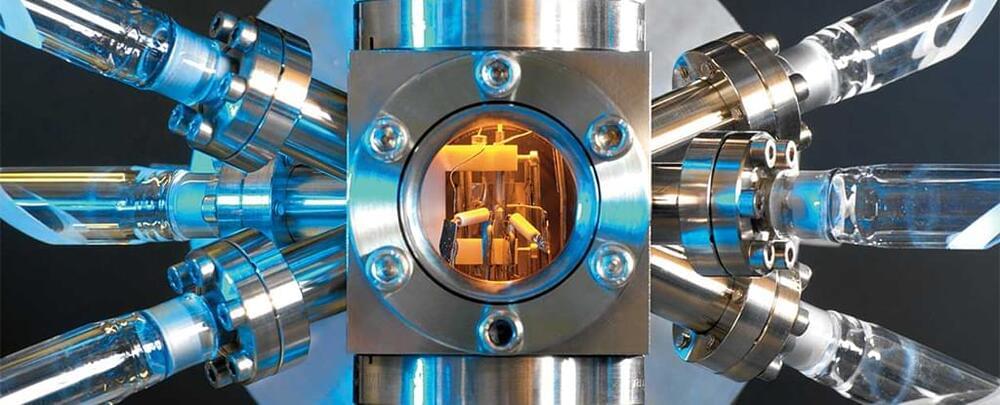
Atomic clocks are the most accurate timekeeping instruments we have. A new study proposes a way to use the instruments’ mind-blowing level of precision to detect the tiniest of energy fluctuations, potentially giving scientists a way to observe some types of dark matter.
Dark matter continues to prove elusive: though we haven’t observed it directly, we can see its effects on the Universe. Frustratingly, there is nothing in our current models of physics to explain what we see.
Here, researchers from the University of Sussex and the National Physical Laboratory in the UK have suggested using atomic clocks to detect certain low-mass particles theorized to potentially make up this mysterious material.
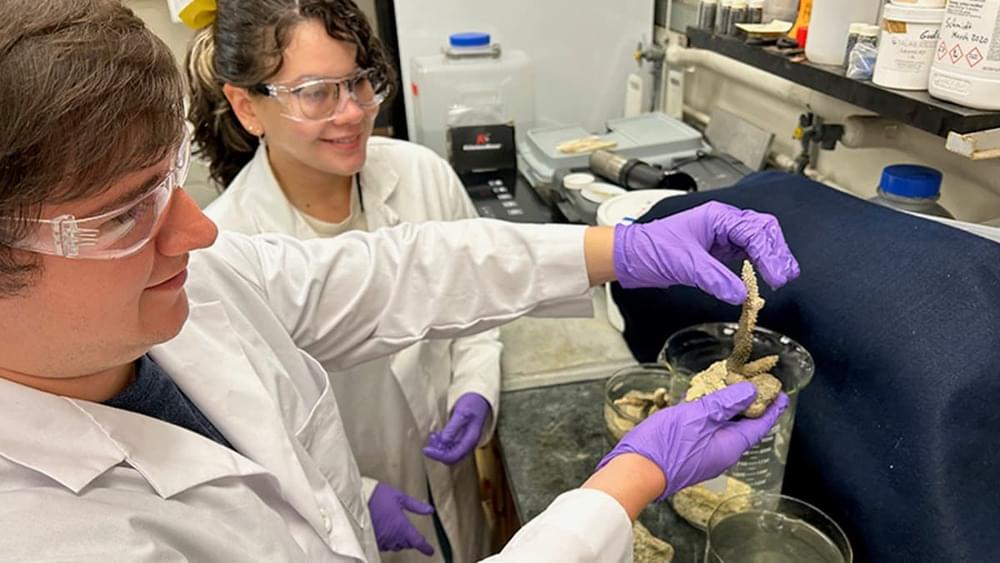
Getting glue to stick in dry conditions is relatively easy, but having it maintain a bond underwater is much more difficult. That said, a new bio-based glue not only works underwater, it actually gets stronger when immersed.
The nontoxic adhesive is being developed by Assoc. Prof. Gudrun Schmidt and colleagues at Indiana’s Purdue University. It’s made mainly of zein – which is a protein extracted from corn – and tannic acid, which is obtained from galls in oak tree bark.
When the glue is sandwiched between two objects which are subsequently placed underwater, a thin skin initially forms on it. That skin can be broken simply by piercing it with a finger or something similarly pokey. The surrounding water is then able to get into the glue, increasing its bond strength. Maximum bonding takes place at a water temperature of about 30 ºC (86 ºF).
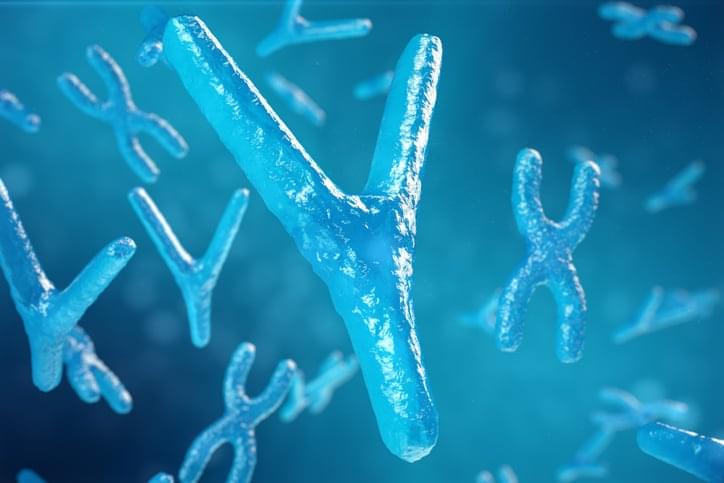

From zero to 100 km/h in less than a second: a racing car built by students has broken the world record for electric vehicle acceleration, a Swiss university said Tuesday.
Students from the Swiss Federal Institute of Technology Zurich (ETHZ) and the Lucerne University of Applied Sciences designed and built the “Mythen” vehicle that achieved the feat, ETHZ said in a statement.
“Now, Guinness World Records has confirmed that Mythen broke the previous world acceleration record for electric vehicles,” it said.

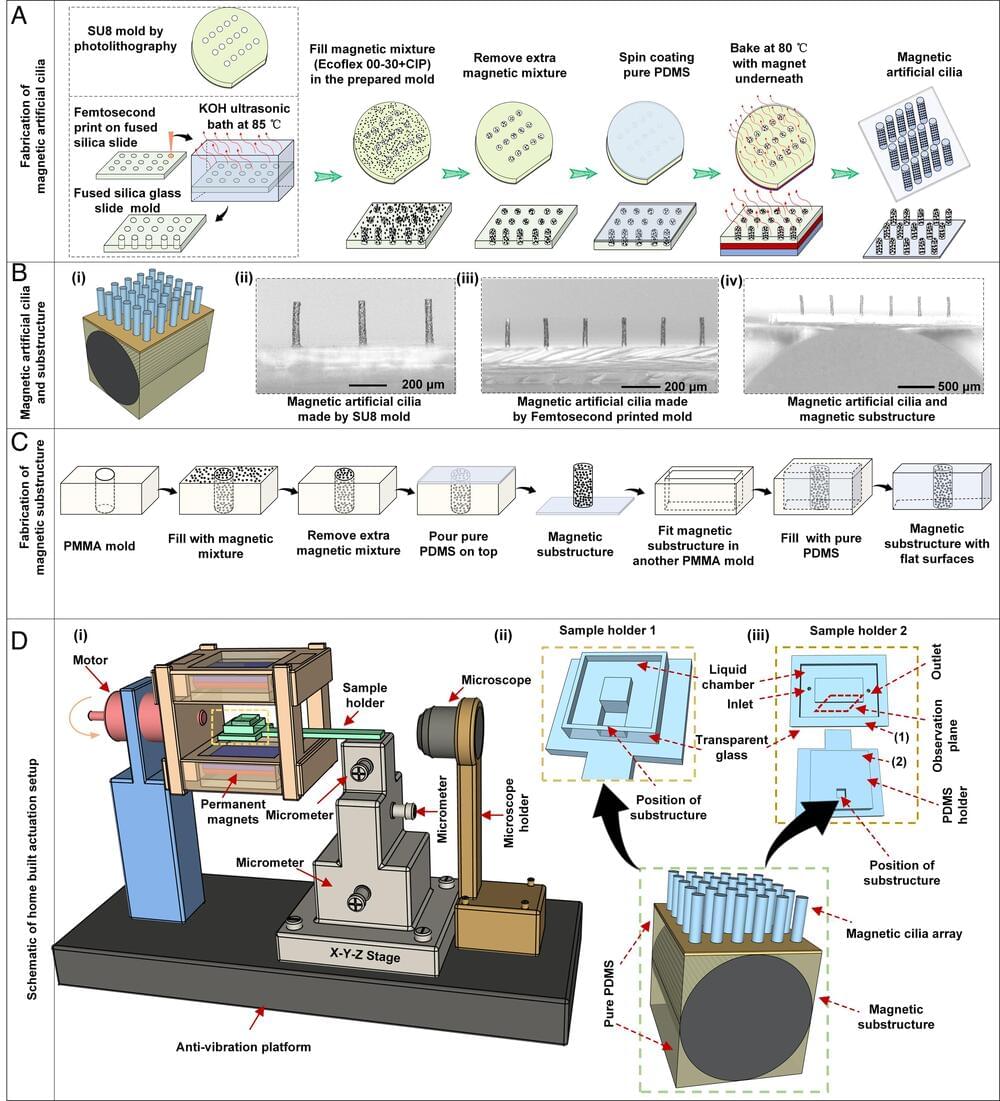
A small team of engineers at Eindhoven University of Technology in the Netherlands, working with a colleague from the Max Planck Institute for Intelligent Systems in Germany, has found a way to create tiny artificial cilia that work at the microscale. Their study is reported in the Proceedings of the National Academy of Sciences.
Cilia are tiny appendages that microscopic organisms use to move through a fluid. Prior research has shown that they are efficient—some paramecia are able to move at a rate of 10 times their own length per second. Prior research has also shown that cilia also move fluid. In the human lung, they work to clear away mucus.
Because of their usefulness, scientists have been studying cilia looking for a way to replicate them for use in desired applications. Such efforts have until now been stymied by the problem of creating working cilia at the microscale. In this new effort, the researchers have overcome such problems and created the first artificial microscale working cilia.

NATIONAL HARBOR, Md. — U.S. chief space operations Gen. Chance Saltzman on Sept. 12 announced the Space Force will experiment with a new command structure where a unit is responsible for all aspects of a mission area, including training, procurement and operations.
Two integrated units will be established, each run by a Space Force colonel — one for space electronic warfare; and the other for positioning, navigation, and timing (PNT) satellites.
This is a departure from the current structure where responsibilities for procurement, maintenance, sustainment and operations are fragmented under separate chains of command, Saltzman said in a keynote speech at the Air & Space Forces Association’s annual conference.